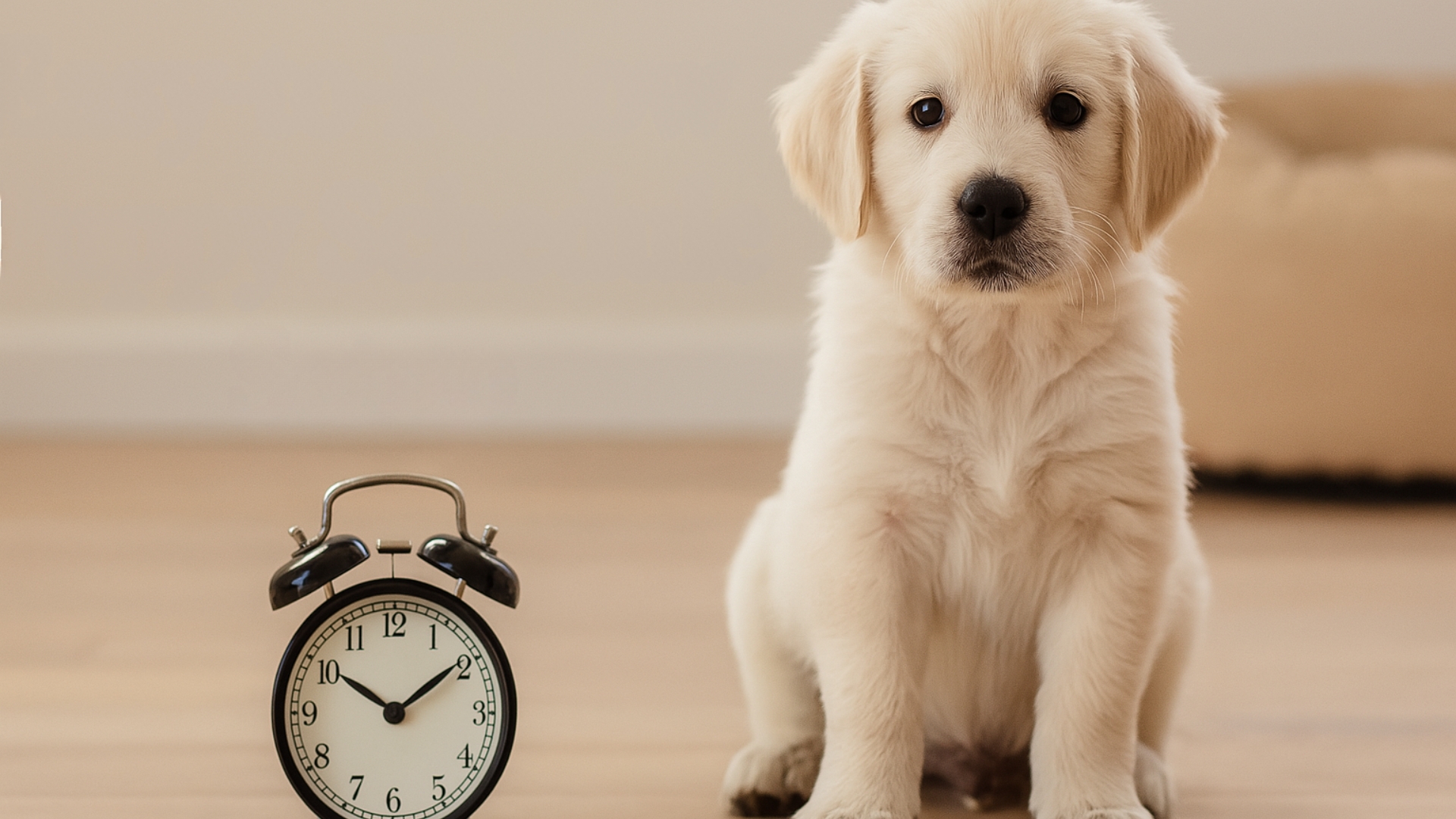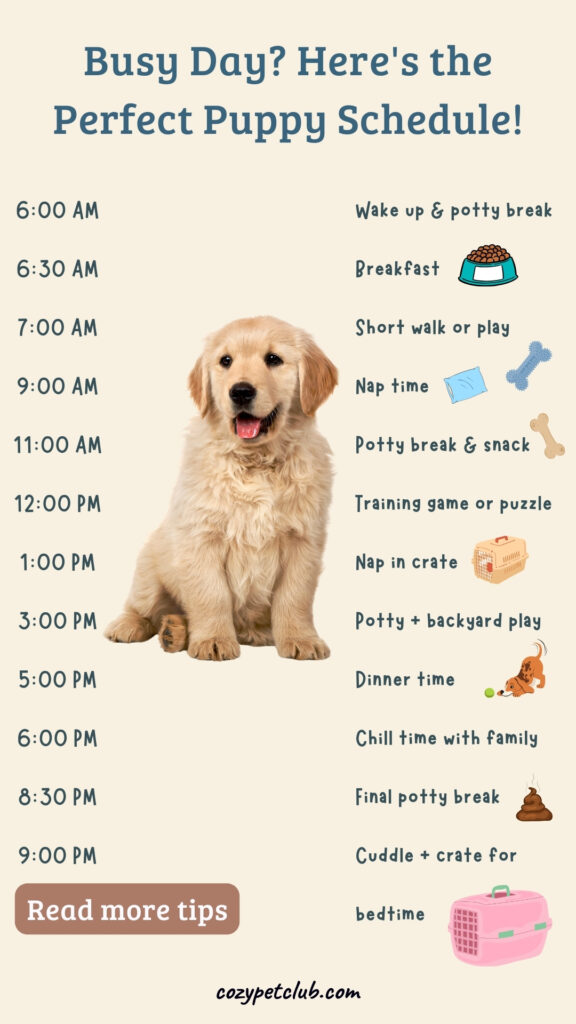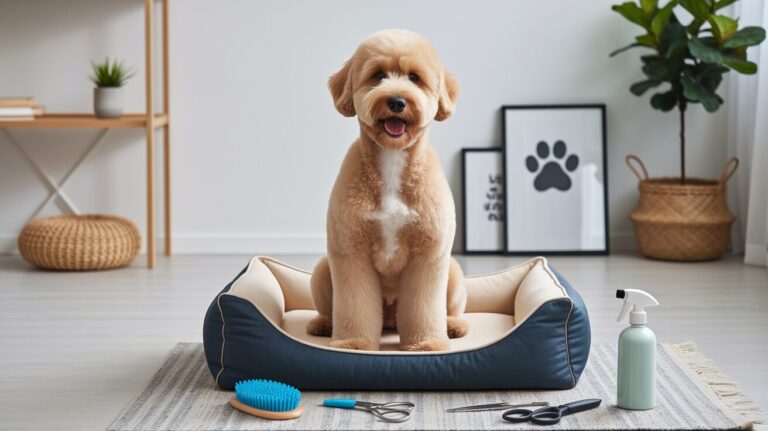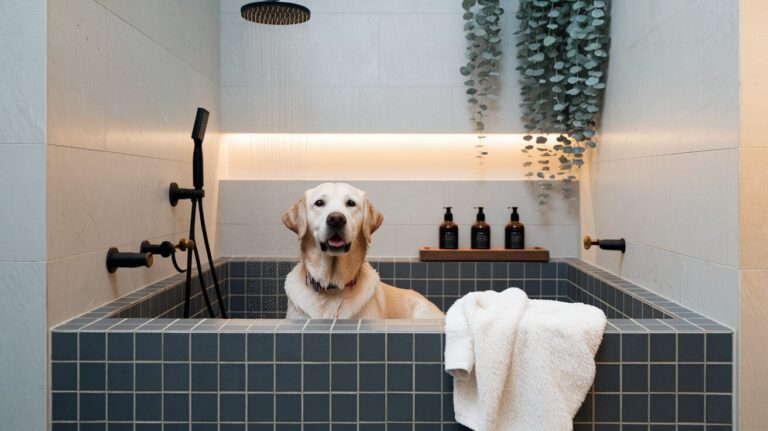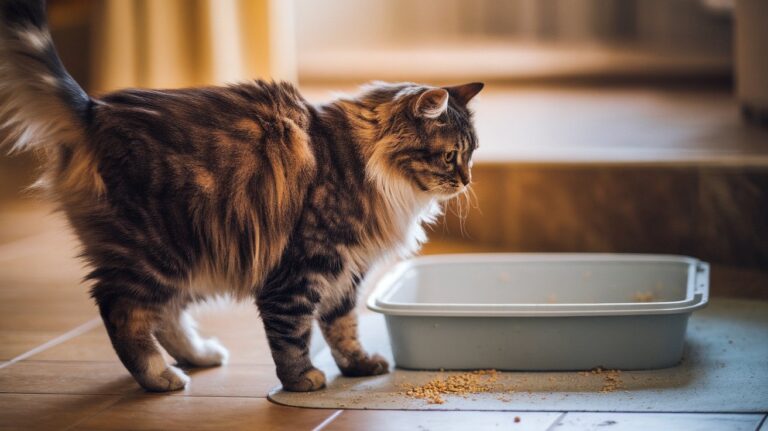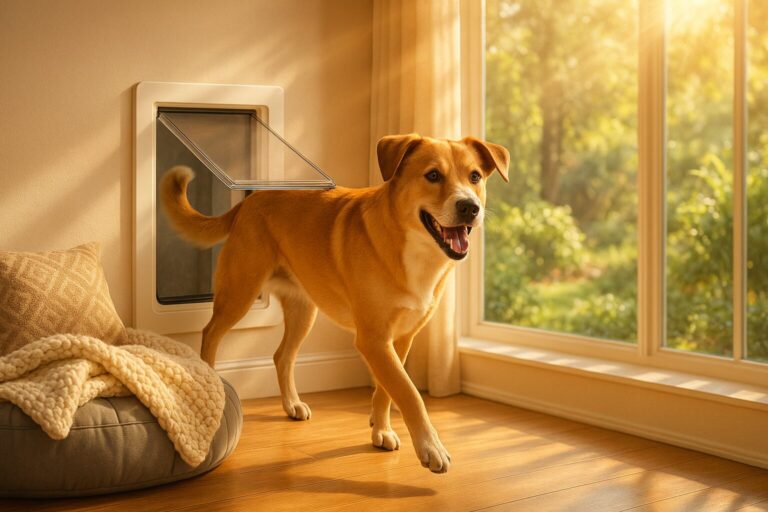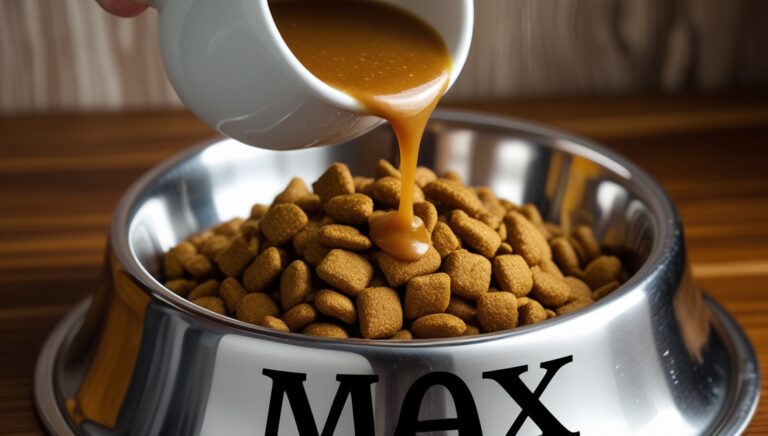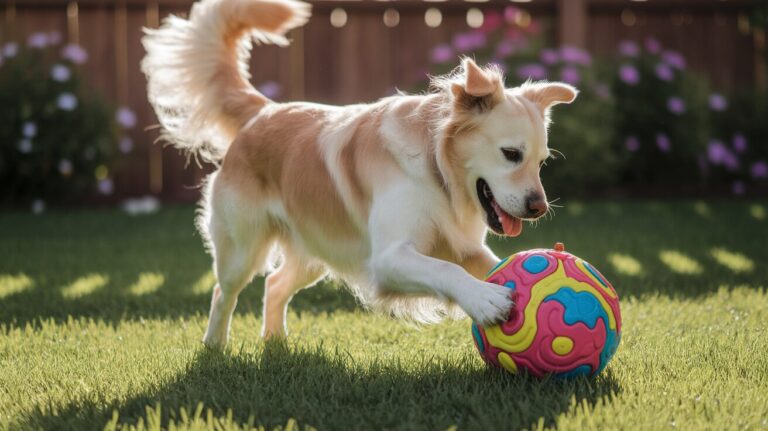Easy-to-Follow Puppy Schedule for Busy Dog Owners
(Includes Daily Routine, Training Timeline & Sleep Tips)
Bringing home a new puppy is one of the most joyful, chaotic, and heart-melting things I’ve ever done. But let’s be honest—it can feel like a lot, especially when you’re trying to balance work, errands, and suddenly there’s a tiny furball following your every move.
Here’s the thing—puppies love structure. And even if your calendar is packed, you can absolutely build a routine that helps both of you thrive. I’ve lived through conference calls with a teething pup chewing on my shoelace. So if I can make it work, you can too!
Let me walk you through the puppy schedule I created for my little one. It made potty training smoother, crate time calmer, and helped us bond faster. And yep—it’s tailored for busy folks like us.
Why a Routine Matters for Puppies
Puppies crave predictability. When they know what’s coming next—food, walks, naps—they feel safer, calmer, and learn quicker.
A consistent schedule:
- Prevents potty accidents (mostly!)
- Makes crate time feel like a safe space
- Teaches your pup what to expect and when
- Keeps you from feeling frazzled
When I started sticking to a consistent rhythm, my puppy’s behavior improved almost overnight. Fewer accidents. Better naps. A calmer home.
Sample Daily Puppy Schedule (8 Weeks to 6 Months)
This sample routine helped me through the early stages. Tweak the times to fit your day—just keep the sequence and spacing consistent.
Morning (6:00 AM – 9:00 AM)
- Wake up, immediate potty break (trust me, don’t wait!)
- Feed breakfast
- Another potty trip 10–15 minutes later
- Short walk or gentle play session (10–20 minutes)
Mid-Morning (9:00 AM – 12:00 PM)
- Nap in crate or pen with a safe chew
- Potty break after waking up
Afternoon (12:00 PM – 3:00 PM)
- Midday potty break
- Lunch (if your pup is still on 3 meals)
- Mini training or puzzle toy time
- Nap time again (they really do nap a lot!)
Late Afternoon (3:00 PM – 6:00 PM)
- Potty break
- Short walk or backyard play
- Dinner (if feeding 3 times a day)
Evening (6:00 PM – 9:00 PM)
- Potty after dinner
- Relax and hang out together
- Low-key play or basic training session
- Final potty break before bed
Night (9:00 PM – 10:00 PM)
- Wind-down cuddles or crate time
- One last potty trip
- Bedtime in crate
What if you work full-time?
That was me too. Here’s what helped:
- A trusted dog walker at lunchtime
- An x-pen with a pee pad when I was away
- Leaving a safe chew or frozen treat to keep my pup occupied
Puppy Training Schedule Breakdown
You don’t need hours to train your puppy. In fact, quick and fun is best. Here’s how I spaced out our sessions by age:
8–10 Weeks:
- Responding to name
- Crate intro (short, positive sessions)
- Basic potty routine
- Gentle touch and social bonding
10–14 Weeks:
- Sit, come, stay (keep it playful!)
- Bite inhibition (redirect to chew toys)
- Short leash practice
- 1–2 minute solo crate times
14–20 Weeks:
- “Leave it” and “drop it” (game-changers!)
- Socialization—safely exposing them to new sounds, people, and spaces
- Start working on longer crate sessions
5–6 Months:
- Loose leash walking
- Calm greetings at the door
- Handling distractions (like that squirrel!)
I kept training under 10 minutes and mixed it in during potty breaks or before meals—snack time makes great motivation!
Sleeping Tips for New Puppy Parents
Here’s something I didn’t expect: how much puppies sleep. Up to 20 hours a day! But nighttime sleep still needs help in the beginning.
My Puppy’s Bedtime Routine:
- Last potty break around 9:30 PM
- Snuggle or crate chew toy
- Dim lighting and soft background noise
- White noise machine or ticking clock
When I first brought my pup home, I set up my sleeping bag next to her crate for the first two nights. That comfort helped her settle quickly.
Skip These Before Bed:
- Rough play that winds them up
- Big meals close to bedtime
- Ignoring every cry (sometimes they really need to go)
If she whined, I quietly took her out for a potty break and returned her to the crate—no drama, no playtime.
Working Full-Time? Here’s How to Make It Work
Don’t stress—it’s totally possible to raise a great puppy with a job. You just need some prep.
What Worked for Me:
- Dog walker at noon during the early weeks
- Frozen KONGs and chew toys to keep her engaged
- An x-pen with water, bedding, and a safe potty zone
- Slowly increasing alone time to avoid separation anxiety
And a personal tip? Leaving a shirt I had worn inside her crate made her feel more secure when I had to step away.
Adjusting the Schedule as Your Puppy Grows
Your schedule won’t stay the same forever—and that’s a good thing!
Around 6 Months:
- Shift to two meals a day
- Fewer naps, more play
- Increase walks and training complexity
- More independent crate or alone time
Every few weeks, I’d check in: is she acting restless? Sleeping more? Time to tweak things. Your puppy’s cues will guide you.
Your Puppy Schedule Questions – Answered!
How long can I leave my puppy alone?
Try to limit it to 2 hours at 8 weeks. At 4–5 months, maybe 3–4 hours max.
When do puppies sleep through the night?
Most do around 12–14 weeks, but it varies.
Should I wake my puppy up to potty?
Yes—especially for the first few weeks. I set alarms every 3–4 hours at night until she stopped needing them.
Do I have to follow the schedule to the minute?
No way. Life’s flexible. Focus on consistency, not perfection. Stick to the routine flow, not a rigid clock.
Final Thoughts
Raising a puppy while managing a busy life isn’t always easy—but it’s absolutely doable with the right routine.
There were days I forgot a potty break. Or skipped training because life happened. That’s normal. The real magic is in showing up again the next day.
Structure gives your pup the security to grow. And gives you space to enjoy every moment—even the messy, muddy, chewed-up ones.
You’re doing great. You’ve got this. 🐾
📌 Pin this post so you can come back to it anytime your puppy routine needs a little tune-up!

